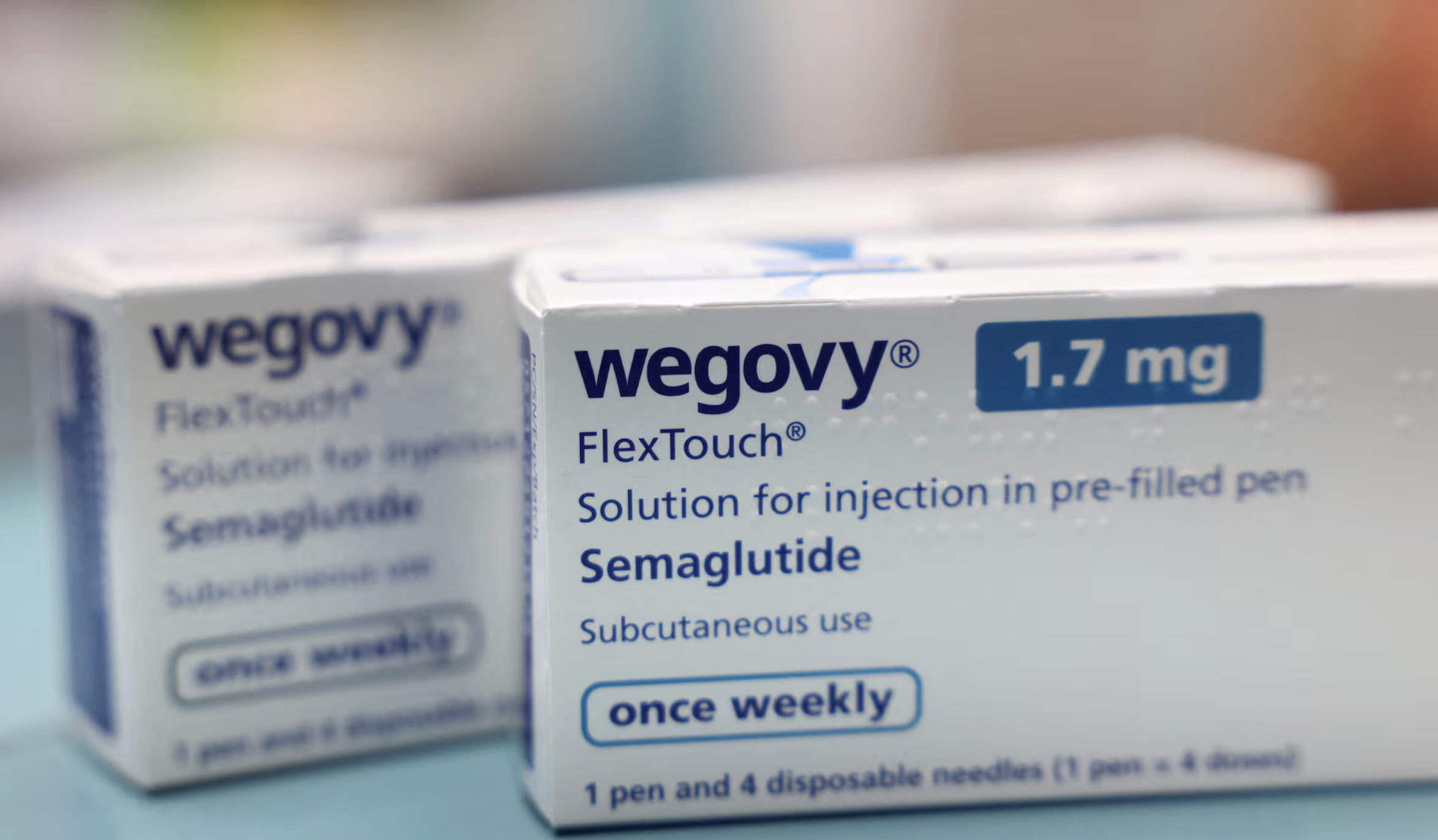As per the Goldman Sachs, in a period of four years, the number of “Affluent” Indians may rise upto 100 million or 10 crores. Now, this number is huge. To give some context, there are only 14 countries that have a population of more than 100 million.

The Rise of New “Affluent” India
These Indians are at the helm of the paradigm shift for the consumer and wealth creation. These very Indians are expected to have furthermore bigger impact on everything from luxury goods to stock market, from SUVs to jewellery.
As per the report ‘The Rise of Affluent India’ by Goldman Sachs, the term affluence means an income higher than $10,000 a year. This translates to Rs 8.3 lakh when you consider the current exchange rates.
Today, 60 million sit at this level of incomes but by the year 2027, this number shall reach to 100 million or in other words, grow by a staggering 67%.
Only 4% of current working population makes more than $10,000 annually (a figure almost five times the per capita income of $2,100, around Rs 1,75,000).
As compared to the 1% increase in population between 2019 to 2023, this “affluent” class has expanded by 12% CAGR.
Increase in Financial & Physical Assets Owned by “Affluent” Indians
More income, means more possibilities of savings and investment and evidently there has been an increase in the financial as well as physical assets which include equities, gold and property over a period of last 3 years.
The report said that “The increase has been the largest for equities and gold, while property prices have seen a higher rate of appreciation in the last three-four years”.
There has been an increase of 2.8 times in the number of demat accounts in 2023 and so is the increase in stock ownership (BSE 200 stocks) and mutual fund investment. Speaking in terms of “yellow metal”, there has been an increase of $1.8 trillion between 2019 to 2023 in the value of gold held by Indians.
Sectors that are hitting the jackpot due to the changed consumer behaviour of the new “Affluent” Indians include the jewellery, travel, premium retail and pricey healthcare.
As per the report, the ownership of credit card has increased 80% since FY19 and credit card spend has jumped 250% since the period.
Speaking of the nature of this boom, analysts say that this top end consumption is here to say. The sectors which offer leisure, out-of-home food, jewellery, institutional medical services and durables are deemed to grow on the back of these individuals.













